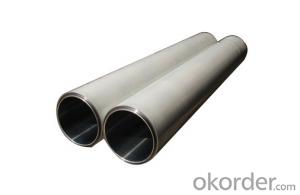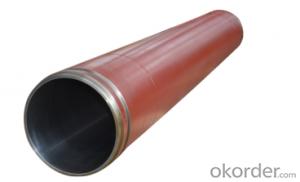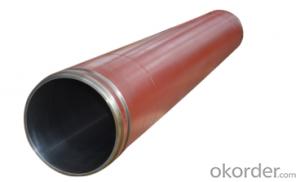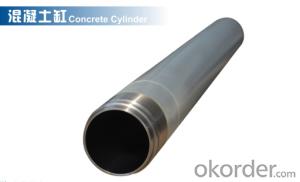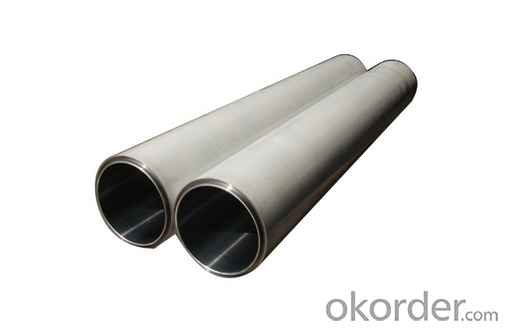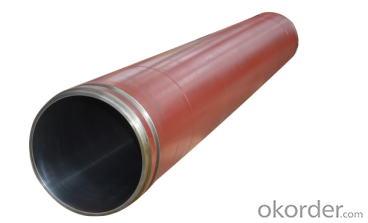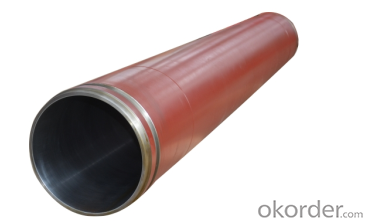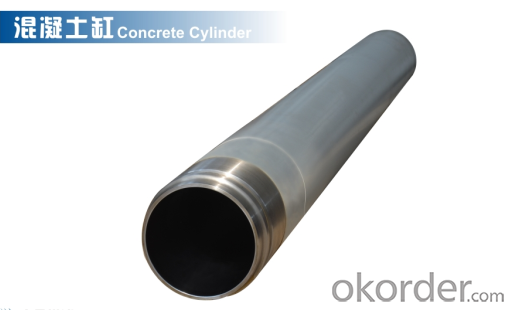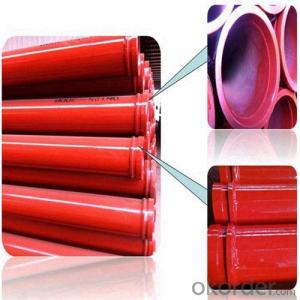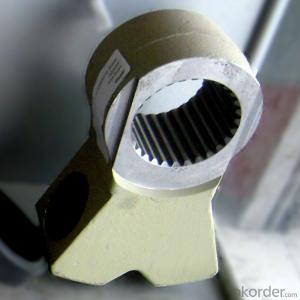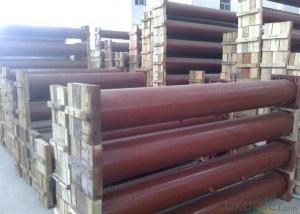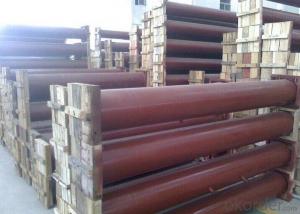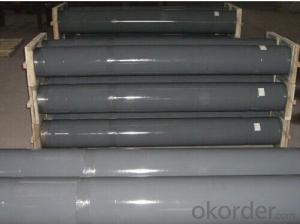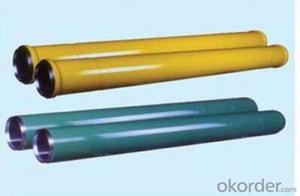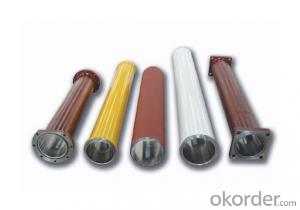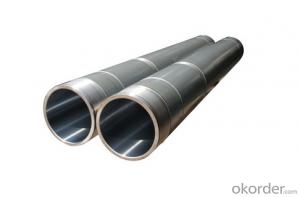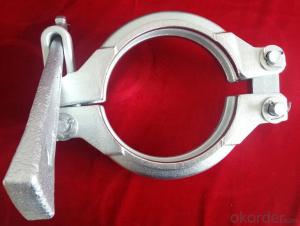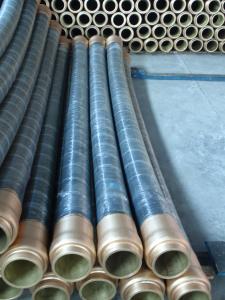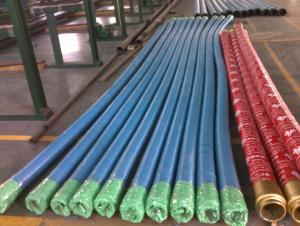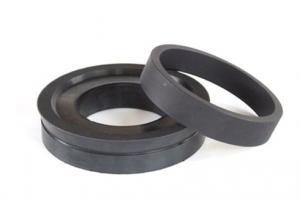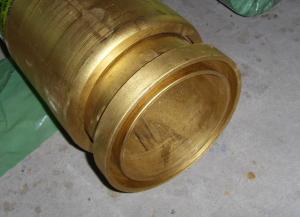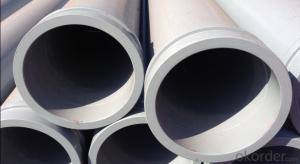PUMPING CYLINDER(PM) I.D.:DN180 CR. THICKNESS :0.25MM-0.3MM LENGTH:2000MM
- Loading Port:
- Shanghai
- Payment Terms:
- TT OR LC
- Min Order Qty:
- 2 pc
- Supply Capability:
- 1000 pc/month
OKorder Service Pledge
OKorder Financial Service
You Might Also Like
Product Description:
The Concrete Pump Delivery Cylinder DN180*2000 normally made by steel material No. C45. according to customer’s requests, and also package in bundles or nude packing directly put into container.
Scope of Application of the Cylinders
The Pump Delivery Cylinder DN180*2000 is a Cylinder pumping for combined use with other concrete pumps parts in concrete pumping operations. It can be widely used in the construction of various types of concrete structures like industrial and civil buildings, bridges, roads, and other types of infrastructure.
This Cylinder Cylinder DN180*2000 can only be used in concrete pump construction operations, but not in any other operations, like dragging, moving, or hoisting heavy articles or personnel. The pipe is also not allowed to be used in any location where any combustible or explosive material exists or a cave-in may occur.
Specifications:
Concrete Pump Delivery Cylinder DN180*2000
1. Capacity: 60,000~80,000cbm
2. Size: DN180, DN200, DN230.DN250
3. Material: C45
4. quenching and tempering to improve the hardness to HB241-280
5. inner wall chrome thickness is 0.25-0.30mm, hardness HV820-900.
6. Brand: SCHWING, PM, SANY, KYOKUTO, CIFA
7. Capacity: 60,000~80,000cbm
Product Advantages:
OKorder's Cylinders DN180*2000 Channels are durable, strong, and safety.
Main Product Features:
· Premium quality
· Prompt delivery & seaworthy packing (10-20 days)
Reliable performance
Easy to weld
High safety.
· Professional Service
· Competitive pricing
Measuring of wall thickness from the outside
Low purchase cost
FAQ:
Q1: How long about delivery time about DN180*2000 ?
A1: Normally we keep the raw materials for old customers and sometime we also keep stock products to make sure delivery time in any emergency cases.
Q2: How do we guarantee the quality of our Cylinders DN180*2000?
A2: We have established an advanced quality management system which conducts strict quality tests at every step, from raw materials to the final product. At the same time, we provide extensive follow-up service assurances as required.
Q3: How soon can we receive the product after purchase?
A3: Within three days of placing an order, we will book the vessel for goods. The specific shipping date is dependent upon international and government factors, but is typically10 to 30 workdays.
Q4: If we can produce some Cylinders DN180*2000 according to customers request?
A4: Yes, we can produce Cylinders DN180*2000 according to the difference country situations to make it suitable to the market and customers. We have very professional technical team to make the design.
Q5: How to make a quick resolution for after service?
A5: OKorder and our manufacture both have overseas branches all-around of world.
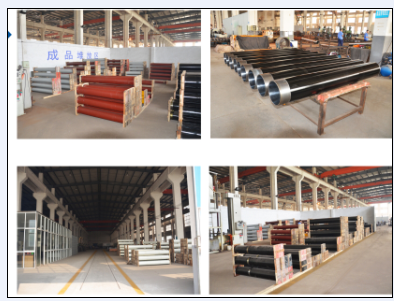
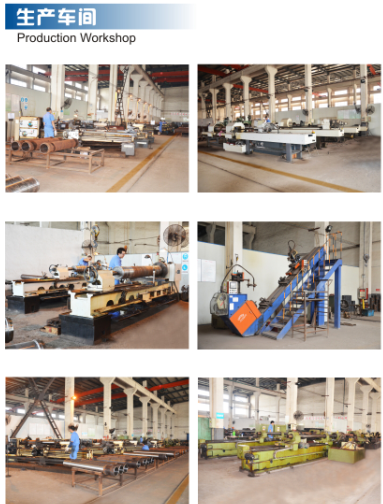

- Q: What are the different types of concrete pump wear rings?
- There are primarily two types of concrete pump wear rings: stationary wear rings and rotating wear rings. Stationary wear rings are fixed in position and provide a surface for the rotating wear ring to slide against. Rotating wear rings, on the other hand, are designed to spin with the impeller and prevent direct contact between the impeller and stationary wear ring, reducing friction and extending the life of the pump.
- Q: How to operate the concrete pump?
- The size of sand and gravel, cement mark and mixture ratio should meet the requirement of the mechanical performance of the pump according to the specifications of the factory
- Q: How does a hopper vibrator prevent concrete blockages?
- A hopper vibrator serves as a mechanical solution to avoid concrete blockages in construction equipment like concrete pumps and mixers. Its purpose is to apply vibrations to the hopper, which is the large container where the concrete is stored prior to pouring or transferring. Concrete blockages commonly occur due to the tendency of the material to settle and compact, particularly during prolonged storage or transportation. This can result in the clogging and obstruction of concrete flow, thereby impeding the construction process and potentially causing equipment damage. Through the utilization of a hopper vibrator, the vibrations are transmitted to the concrete within the hopper, effectively preventing settling and compaction. The vibrations loosen the concrete particles, ensuring they remain in a more fluid state. This facilitates a continuous and smooth flow of concrete, preventing any blockages or obstructions from arising. Furthermore, the vibrations from the hopper vibrator also aid in dislodging any existing blockages. The shaking motion can break apart concrete clumps or other debris obstructing the flow, enabling uninterrupted material movement. Overall, a hopper vibrator is an indispensable tool in construction equipment as it helps maintain a consistent concrete flow, thereby preventing blockages and ensuring the smooth and efficient operation of the construction process.
- Q: How often should concrete pump hydraulic motors be inspected and replaced?
- Concrete pump hydraulic motors should be inspected regularly, ideally every 500 to 1000 hours of operation, to ensure they are in good working condition. However, the frequency of replacement depends on various factors such as usage intensity, maintenance practices, and the quality of the motor. Generally, hydraulic motors can last for several years if properly maintained, but if any signs of wear, leakage, or reduced performance are observed, it is recommended to replace them promptly to prevent potential breakdowns or accidents.
- Q: What is the role of a concrete pump hopper grate spring?
- The primary function of a concrete pump hopper grate spring is to offer tension and support to the hopper grate within a concrete pump. It is typically crafted from robust and flexible materials like steel or rubber, and its purpose is to securely hold the hopper grate in place while allowing for necessary movement and flexibility during the concrete pumping process. By preventing the hopper grate from becoming dislodged or damaged by the force and vibrations produced by the concrete pump, the hopper grate spring proves invaluable. It guarantees that the grate remains appropriately aligned and in its proper position, facilitating a smooth and efficient flow of concrete into the pump. Moreover, the grate spring lessens the impact and stress experienced by the hopper grate, thereby enhancing its lifespan and minimizing the requirement for frequent repairs or replacements. Acting as a buffer, it absorbs and distributes the substantial forces exerted on the grate due to the weight and pressure of the concrete being pumped. In conclusion, the concrete pump hopper grate spring plays a pivotal role in preserving the integrity and functionality of the hopper grate, thereby ensuring the safe and efficient operation of the concrete pump.
- Q: When concrete is poured, how high can the concrete pump be put?
- At present, the commonly used car pump, the length of the arm more than 30 meters to more than 40 meters, there are a small number of arms as long as more than 50 meters to more than 70 meters
- Q: How can one identify the need for replacement of concrete pump spare parts?
- One can identify the need for replacement of concrete pump spare parts by observing any signs of wear and tear, such as cracks, leaks, or damage to the components. Additionally, a decrease in pump performance, unusual noises, or difficulty in operation can indicate the need for replacement. Regular maintenance and inspection can also help in identifying any potential issues with the spare parts that may require replacement.
- Q: Can concrete pump spare parts be repaired on-site, or should they be sent to a specialized repair facility?
- Concrete pump spare parts can be repaired on-site, depending on the complexity of the repair and the expertise of the maintenance personnel. However, for more intricate or major repairs, it is recommended to send the spare parts to a specialized repair facility where they can be properly assessed, repaired, and tested by professionals to ensure optimal functionality and safety.
- Q: What are the types of concrete pumps?
- According to the structure and use of divided into drag type concrete pump, car pump and pump car
- Q: How often should hopper agitator blades be inspected or replaced in a concrete pump?
- Hopper agitator blades in a concrete pump should be inspected regularly and replaced as needed. The frequency of inspections and replacements depends on a variety of factors such as the amount of use, the type of concrete being pumped, and the conditions in which the pump is operated. Generally, it is recommended to inspect the hopper agitator blades at least once every three to six months. This allows for early detection of any signs of wear, damage, or deterioration. However, if the pump is used heavily or operates in harsh conditions, more frequent inspections may be necessary, such as once a month or even weekly. During inspections, the blades should be checked for any signs of cracks, chips, or excessive wear. Additionally, any buildup of hardened concrete or other debris should be removed to ensure optimal performance. If any damage or significant wear is detected, the blades should be replaced promptly to prevent further deterioration and potential breakdowns. It is important to note that regular maintenance and proper cleaning of the hopper agitator blades can help prolong their lifespan. Following manufacturer's recommendations for maintenance, including lubrication and cleaning, can significantly reduce the need for frequent replacements. Ultimately, the frequency of inspections and replacements for hopper agitator blades in a concrete pump should be determined based on the specific conditions and usage of the pump, and it is advisable to consult the manufacturer's guidelines for more specific recommendations.
Send your message to us
PUMPING CYLINDER(PM) I.D.:DN180 CR. THICKNESS :0.25MM-0.3MM LENGTH:2000MM
- Loading Port:
- Shanghai
- Payment Terms:
- TT OR LC
- Min Order Qty:
- 2 pc
- Supply Capability:
- 1000 pc/month
OKorder Service Pledge
OKorder Financial Service
Similar products
Hot products
Hot Searches
Related keywords
